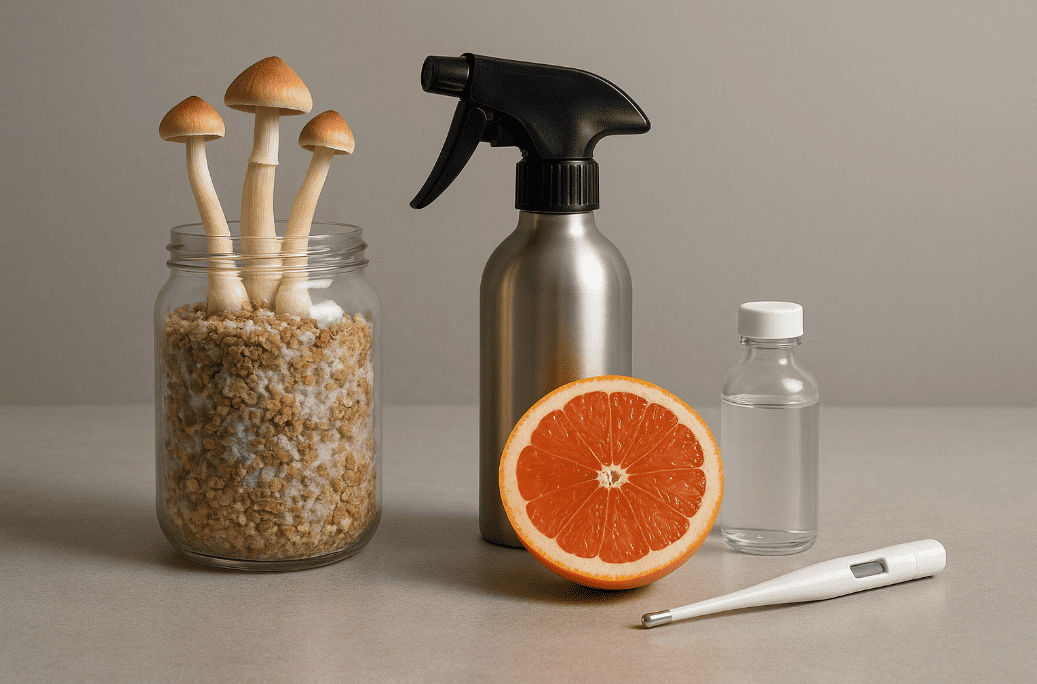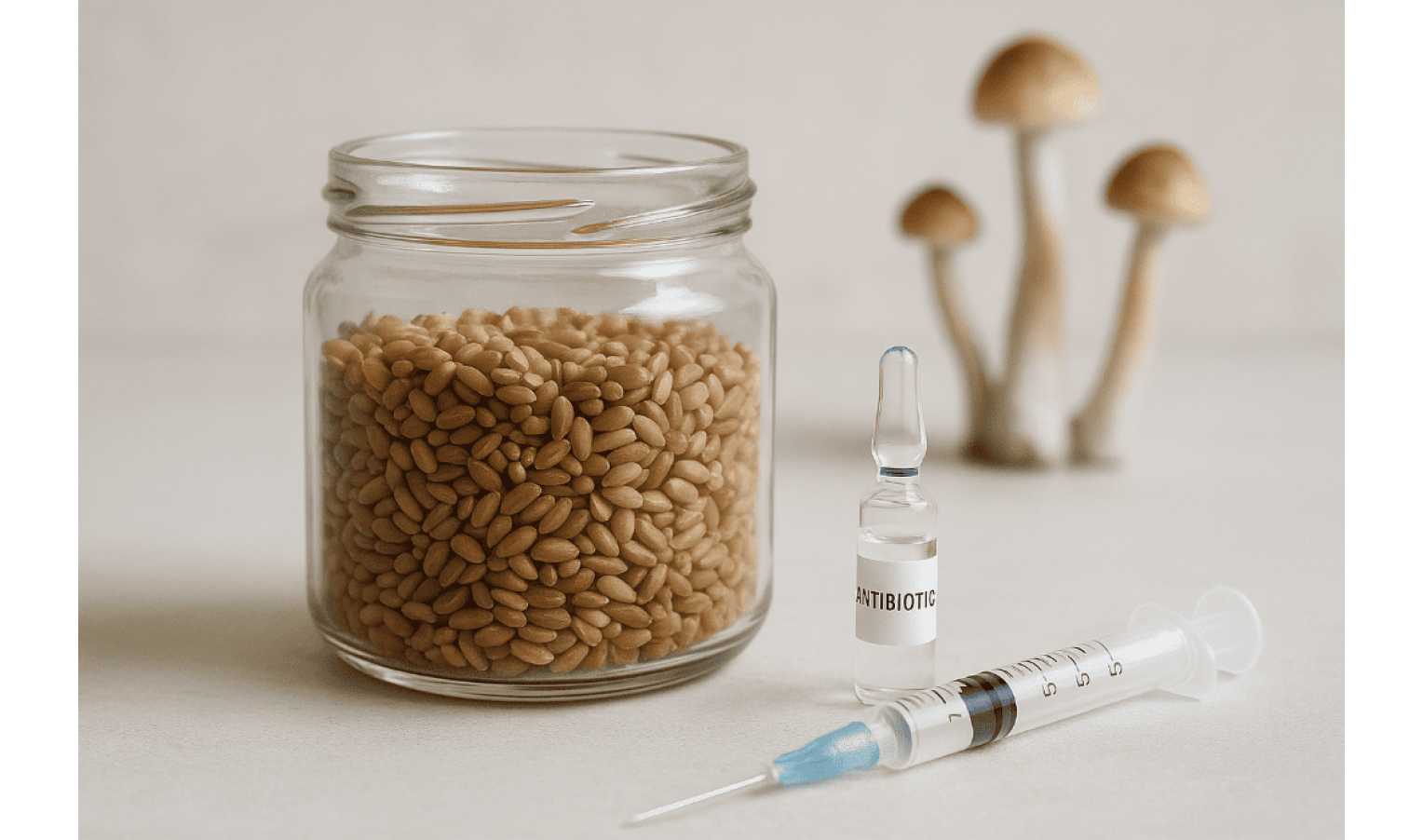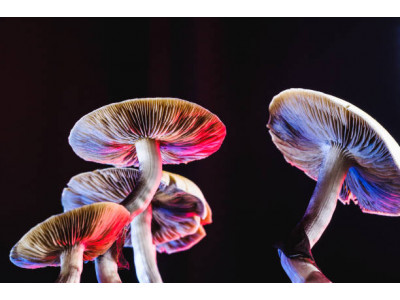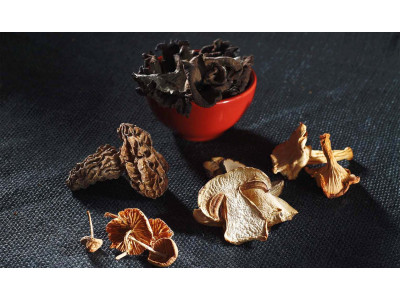When cultivating psilocybin mushrooms, one of the main challenges both beginners and experienced growers face is substrate contamination by bacteria. Such infections can halt mycelium growth, undo cultivation efforts, and even destroy the entire culture. To prevent this, substrate treatment with antibiotics is widely used.
Why treat the substrate with antibiotics?

Antibiotics help suppress bacterial development in the nutrient medium, giving the mycelium a chance to grow without hindrance in the early stages. This is especially important with grain substrates (rye, oats, corn), which are more prone to bacterial contamination.
It is important to note that antibiotics do not suppress mold fungi; they act only on bacterial flora. Therefore, their use does not replace the need for sterile procedures at every stage of cultivating mushroom spores.
Which antibiotics to use in cultivation?
The most suitable antibiotics for mycology are broad-spectrum types. Commonly used ones include gentamicin, streptomycin, tetracycline, and cephalosporin antibiotics.
Gentamicin is usually considered optimal due to its effectiveness against most bacterial strains and its wide availability. However, streptomycin and tetracycline are also actively used. Remember that accurate dosing is crucial, as exceeding the recommended concentration may slow or even stop mycelium growth.
How to properly treat the substrate with antibiotics?

Substrate treatment with antibiotics is performed after sterilization. Use an autoclave or a standard pressure cooker, then cool the substrate to below 30 °C, as high temperatures can destroy the antibiotic.
Dissolve the antibiotic in sterile water at a concentration of about 0.1 to 1 g per liter. Mix the solution carefully with the cooled substrate at a ratio of 1–10 ml per 100 g of substrate.
After adding the antibiotic, thoroughly mix the substrate and proceed with spore or liquid mycelium inoculation. All further procedures must be done under sterile conditions to prevent contamination.
Potential negative effects and risks
Using antibiotics carries risks. With regular use of the same antibiotic, bacteria can adapt and become resistant, significantly reducing the drug’s effectiveness.
Excessive antibiotic concentration may also inhibit mycelium growth. In addition, antibiotic residues may accumulate in the fruiting bodies. This is especially important when growing mushrooms for consumption — always stick to the recommended dosages and avoid overuse.
Alternatives to antibiotics in substrate treatment

If the use of antibiotics is unacceptable for any reason, there are alternative ways to protect the substrate from bacterial contamination. These include enhanced substrate sterilization, disinfection of the workspace and tools with alcohol or other antiseptics, and the use of natural antiseptics like grapefruit seed extract.
Maintaining temperature and humidity control also plays a crucial role. Creating unfavorable conditions for bacteria and mold is an effective preventive measure in itself.
Final recommendations
Substrate treatment with antibiotics can significantly increase your chances of successful psilocybin mushroom cultivation. However, it's not the only factor. Sterility, the right substrate, and following proper procedures at every stage are still the foundations of success.





